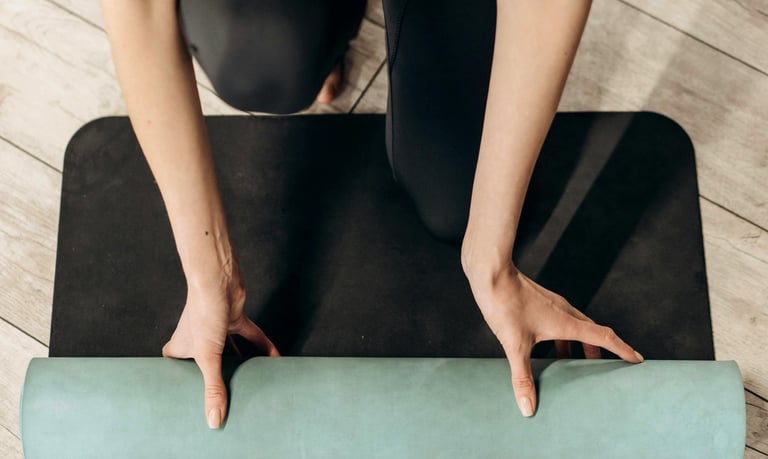Pilates Is Not a Trend, It’s a Neurological Movement System Hiding in Plain Sight
HEALTH & WELLNESSWELL-BEINGEDITOR'S PICKS


Melody MortonBuckleair is the president of The Good Space Pilates Studio & Elmwood Place Pilates.
Pilates isn’t just a workout, it’s a neurological upgrade system wrapped in movement. And yet, it’s widely misunderstood.
The common misconception is that pilates is a boutique fitness trend. Many imagine slow stretches on a machine with fancy straps or group classes that barely raise your heart rate. But that image couldn’t be further from the truth. Classical pilates is a structured, science-informed progression that restores function, improves posture, and rewires the nervous system.
At its core, pilates is a full-body recalibration system. It moves the body through a specific sequence: lying down, seated, kneeling, then standing. Every movement has purpose and flow, designed to stimulate spinal articulation through flexion, extension, lateral movement, and rotation — all within the natural planes of motion and gravity.
Importantly, the mat work came first. Joseph Pilates developed the mat series as the foundation for his system. The equipment came later — designed to support, challenge, and deepen the mat experience. Reformer, tower, and chair work aren’t gimmicks; they’re tools that help reset the body’s fascial and neurological systems.
Let’s break that down with tactical examples:
To boost serotonin production (which often dips during menopause), we cue women to activate the transverse abdominis. This deep core muscle wraps the gut and gently massages the enteric nervous system when engaged, supporting mood and digestion.
To regulate the vagus nerve, we emphasize spinal rolling exercises like the roll-up or spine stretch forward, paired with intentional breath. These stimulate parasympathetic activity and restore calm to the nervous system.
To release trauma stored in the fascia, we use spring-based resistance paired with breath and intention. This creates a safe container for tissue release and emotional regulation.
In my teaching, I integrate faith, movement science, and somatic restoration, exploring how fascia holds memory, how water conducts intention, and how breath animates change.
Yes, pilates makes you stronger. But it also:
Increases proprioception
Enhances lymphatic drainage
Improves respiratory capacity
Re-educates the body on how to move through life with less pain and more power
Here’s the truth: Pilates isn’t just for dancers or the ultra-fit. It’s for anyone who wants to rebuild their body and mind from the inside out. It’s functional, progressive, trauma-informed, and deeply therapeutic.
So the next time someone asks what makes Pilates different, skip the buzzwords. Tell them this: It’s not a workout. It’s your nervous system’s reset button. And it’s time we start teaching it that way.
